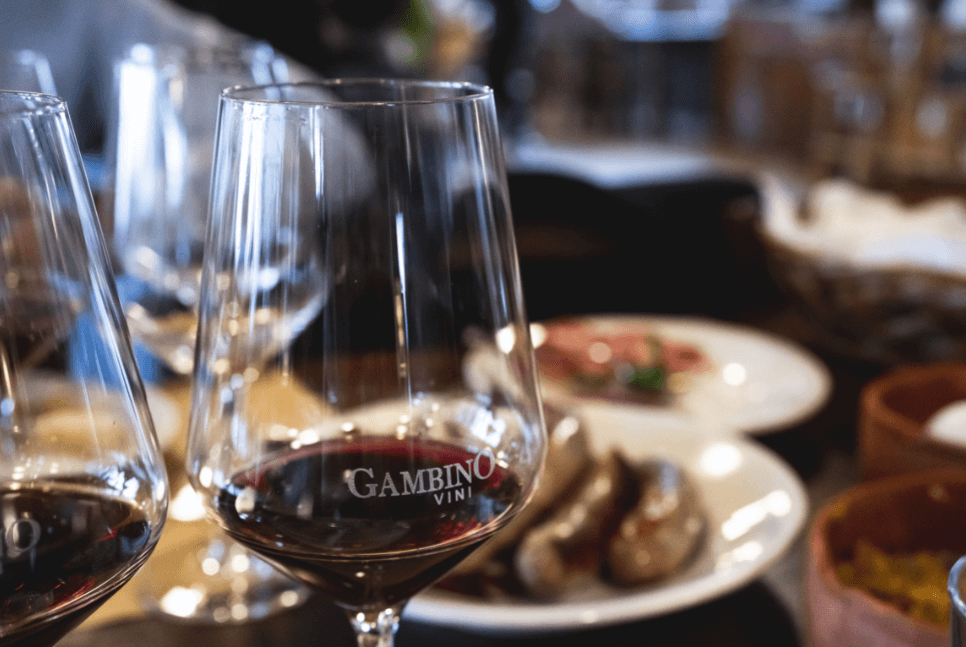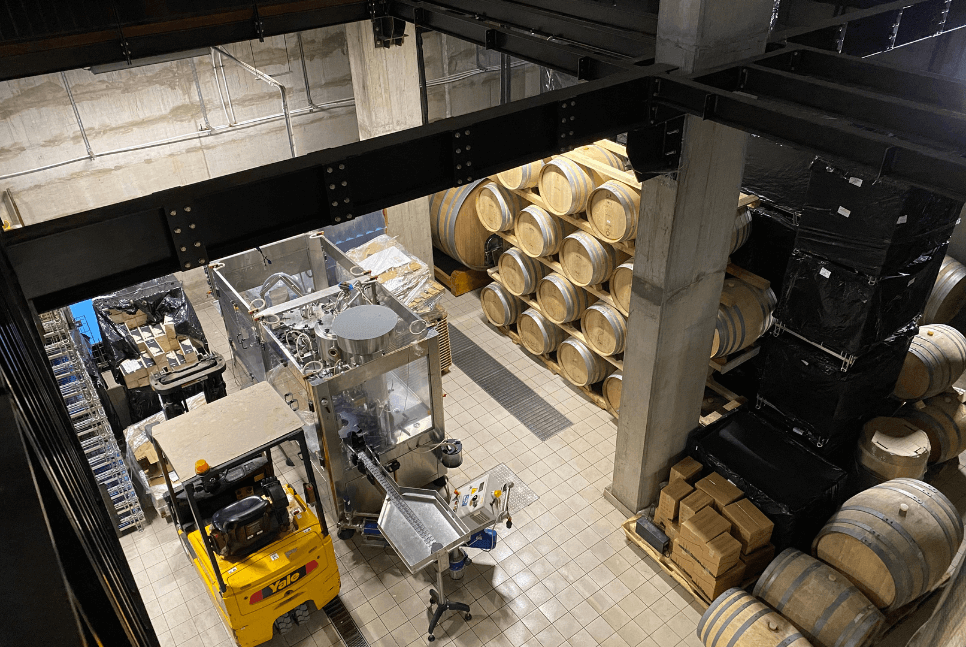
Etna wines, between history and tastings
World-renowned e award winners worldwide, Etna wines attract sommeliers from America and Asia. Today we find out how their Controlled Designation of Origin and how to taste them right at the foot of the volcano.
Etna’s Wines Yesterday
Etna wines have a very ancient history. According to some accounts it was the Greeks who brought the vine to eastern Sicily in 700 BC. Other sources, however, claim that the plant was on the island even before their arrival. One thing is certain, by colonizing Trinacria, the Hellenic people introduced the viticulture with pruning and varietal selection. In 1596, “De naturali vinorum historia“. Here, the best wines of Italy were listed, among which those born from the Etnean vines, made unique by lava flows, also stood out.
Fertile soils, sometimes gravelly, sometimes sandy or pebbly, already at that time diversified the various crops found on the slopes of Mongibello. Because of this, wine productions from the southern to the northern slopes of the volcano were different from each other. Temperatures were also influential, with the large temperature ranges of 25 to 30 degrees between day and night.
Thus was born one of the oldest and richest agricultural landscapes on the Island. Around 700′ the County of Mascali, at the time composed of Mascali, Riposto, Giarre, Milo, Sant’Alfio and Santa Venerina, produced very fine wines. Their prestige increased in the next century giving a huge boost to commercialization. Just the port of Riposto was the first export hub for Etnean wine.
Later, given the exponential growth of the industry, new wineries and wineries sprang up. Toward the end of the 19th century, Catania was the most viticulturally active province in Sicily, with as many as 90,000 hectares of vineyards.
The phylloxera disaster
Also called the “scourge of wine“, the Phylloxera is an American insect that in the early 1900′ destroyed nearly 40 thousand hectares in the Catanese. An attempt was made to replace the existing vines with American plants that were immune to the virus, but it did not work. For Etna viticulture it was a real disgrace. A clearly developing heritage cut short by irreparable evil.
Etna wines today
Recovering from the “wine scourge” was an arduous task. Thousands of square meters of land lost are still mourned today. The situation did not recover until 1968, when the first Controlled Designation of Origin of Sicily, at the foot of the volcano. It was in that very year that people began to talk again about the quality of Etna wines, referred to from that time as Etna Doc.
In 1994, the Consortium for the protection of Etna’s territory and wineries. The latter grew the Sicilian brand and allowed it to spread throughout Italy and abroad, making it famous and highly sought after. This is especially after the February 18, 2018, with the recognition “erga omnes” for the Catania Consortium.
What makes our Doc prestigious are the indigenous grapes that the Sicilian territory offers. We are really talking about the Carricante, a multifaceted white grape variety, and of the Nerello Mascalese, elegant and delicate red. Variety that, in addition to giving rise to the best Sicilian wines, allows for the production of the world’s only sparkling wine made from local and non-French grapes!
Where to taste an Etna Doc wine: Gambino wines in Linguaglossa
The popularity of Etna wines is certainly also due to the numerous food and wine tastings offered by the 150 wineries in Catania. Tourists come to Sicily precisely to intoxicate themselves with the fine local products.
Among the many companies stands out Gambino Wines, a family business established in 1978. Vittorio Raciti and Maria Gambino purchased land in the vicinity of Linguaglossa to cultivate the renowned local vines.
Around the 1990s, the business grew and with its 8 hectares of land became one of the Etna’s most beautiful terraced properties. Until 2002, when Vittorio and Maria’s children, through the incorporation of modern production techniques and focusing on wine tourism, they gave birth to the Gambino Cellars. Even today, the company is constantly evolving to ensure a great experience for visitors and consumers.
Turning an eye toward the processing of the Gambino wines, some important elements emerge. The following are adopted stainless steel tanks and a temperature-controlled aging technique. The cellars, located at 11 meters underground, allow temperatures to be regulated naturally. In addition, the latter host precious wooden barrels, reducing sulfites and increasing the quality.
Finally, they are not absolutely used insecticides and the company is attentive to environmental sustainability, working with very low emissions of CO2.
What does the Gambino family propose?
With an estate of 25 hectares e numerous awards received, today they are offering two tastings that are absolutely not to be missed: the Only Wine and the Wine Tasting Full.
Guiding the sensory journey, in addition to the friendly staff, is sommelier Federica. For the past seven years he has been welcoming tourists and taking them on a comprehensive tour, introducing the history of the company and the many interesting facts about the products.
To taste the prestigious Gambino Wines such as Tifeo Bianco, Petto Dragone or Duvanera (Gambino Wines list) you just have to book the experience e let yourself be carried away by the authentic flavors that the winery offers.

Luca Russo






